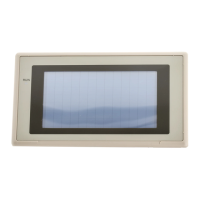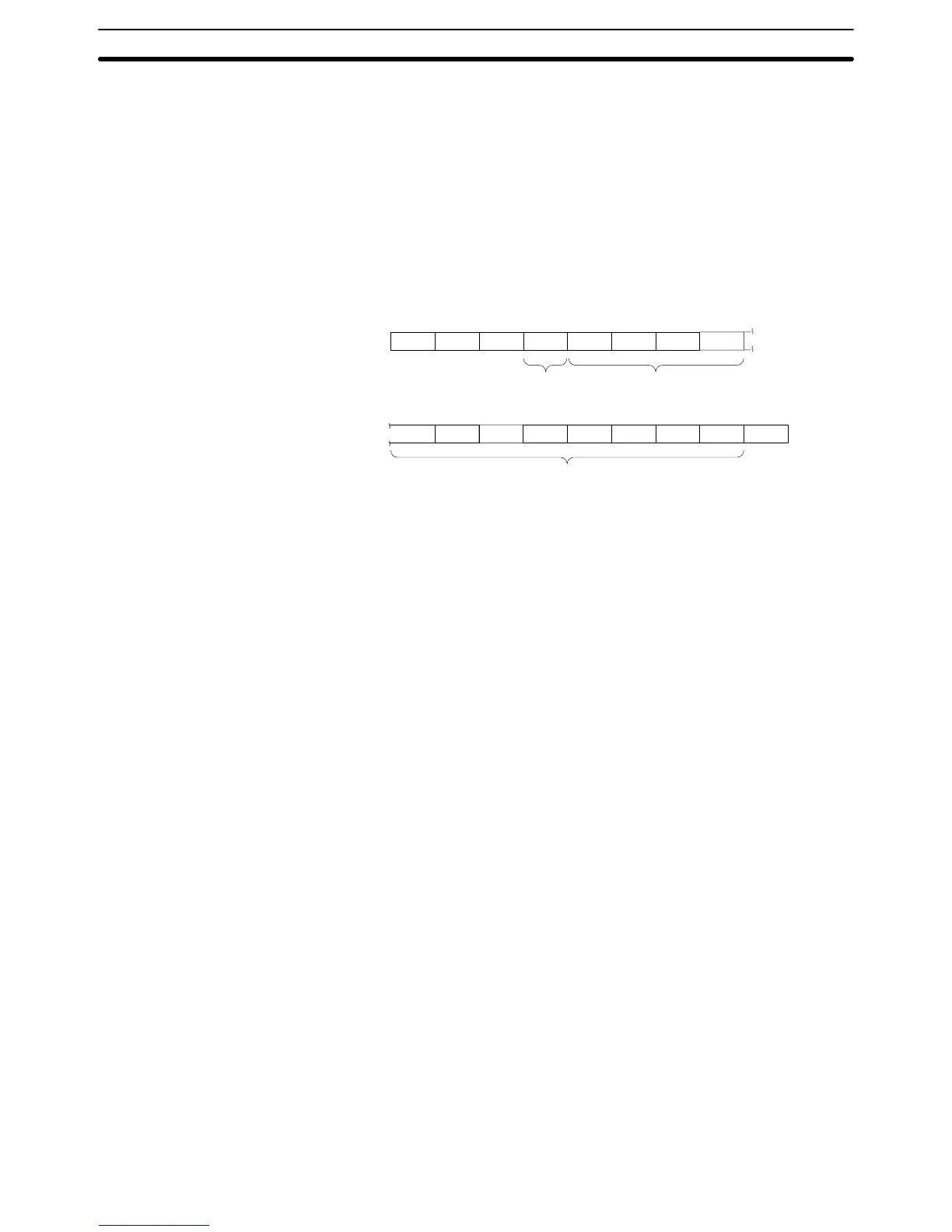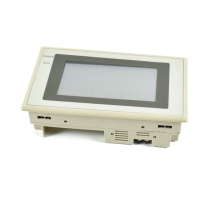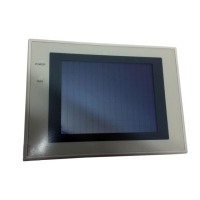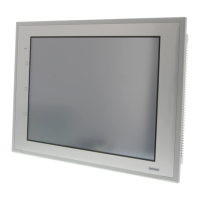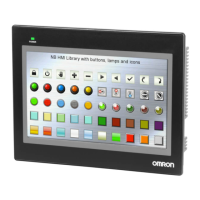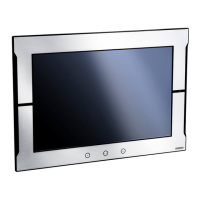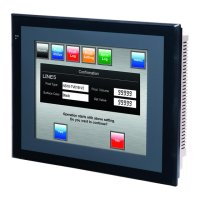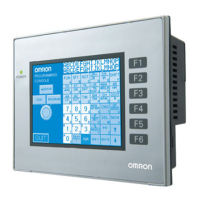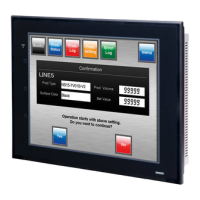5-2SectionExamples of Actual Applications of Memory Link
413
• Explanation
• Numeral memory table entry number: 142
• Input numeral: 00000000F0
H
(240 in decimal)
• Checksum: 19H
It is ascertained that 240 is input to numeral memory table entry 142. With nu-
meral input notify command, input numeral data is expressed as binary. Here,
input data (240) is expressed as binary (000000F0
H
).
2. When numeral is written to PT (numeral memory table write command (sent
from host to PT) )
• Command
8
1B 57
[ESC] W
31
30
0
34
4
4E
N0
3038
1
0
30
0
04
34 42
B0
303030 0D
[CR]
(3)
(1)
0
30
32
2
(2)
• Explanation
• Checksum present/absent: None (writing 1 word)
• First numeral memory table entry written: 142
• Data of written numeral memory table entry: 000004B0
H
(1200 in decimal)
In this way, numeral data that is input from the PT is processed at the host and
the result is notified to the PT.
Suggestions
• Same as numeral, character string input notify command (sent from PT to
host) is issued from the PT for the character string that is input at PT. (Refer to
page 391.)
• Character string that is input from bar code reader is also notified to the host.
(Refer to page 210.)
• Data of numeral/character string memory table entry can be cleared by
memory table clear command. (Numerals are cleared to 0, and character
strings are cleared to the space code 20 H.) (Refer to pages 386 and 387.)
